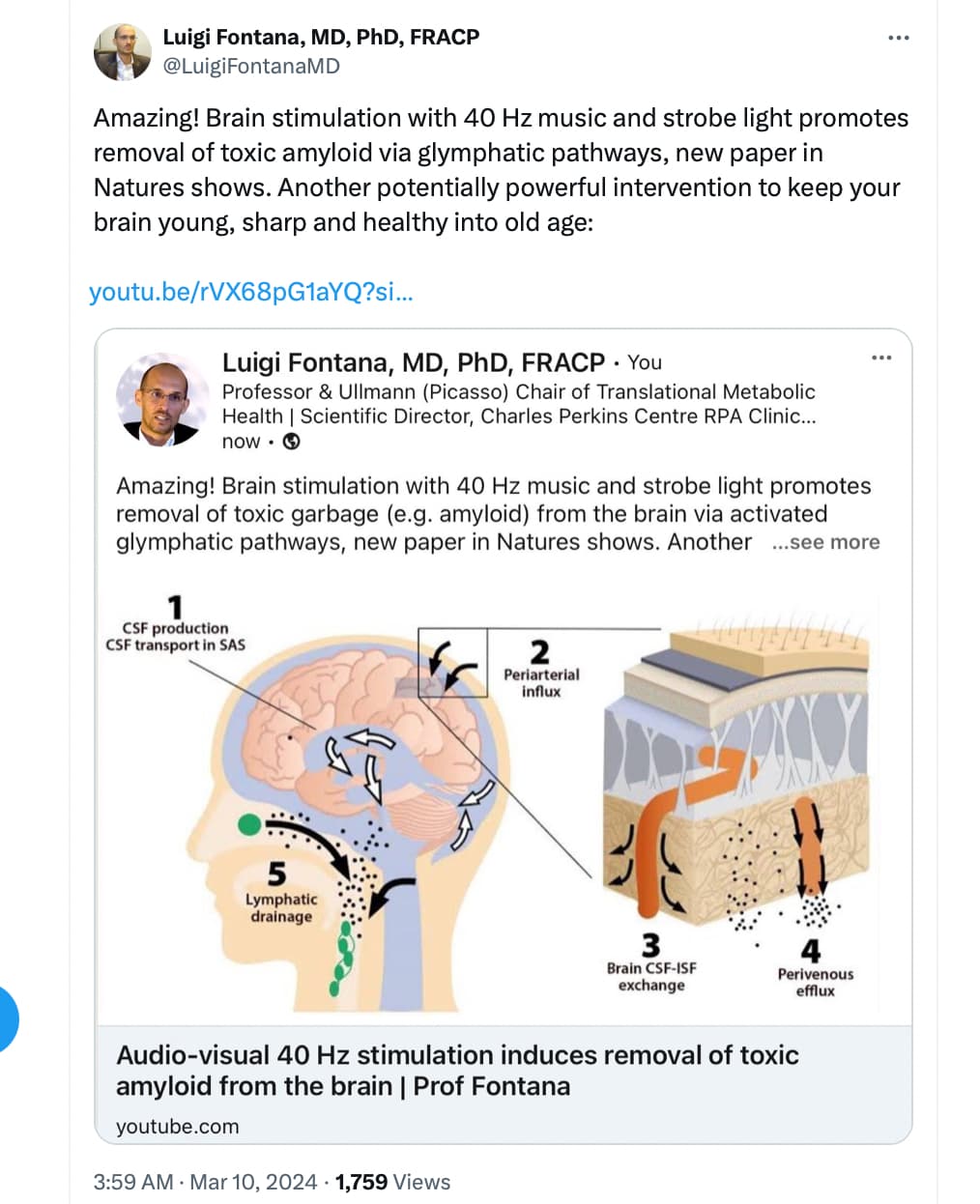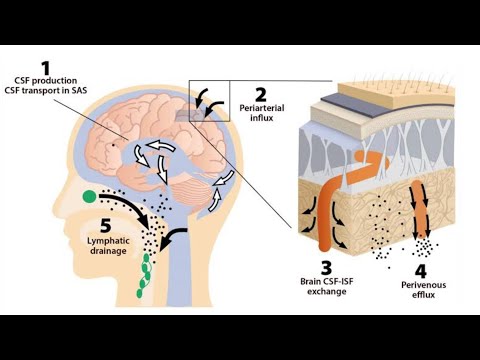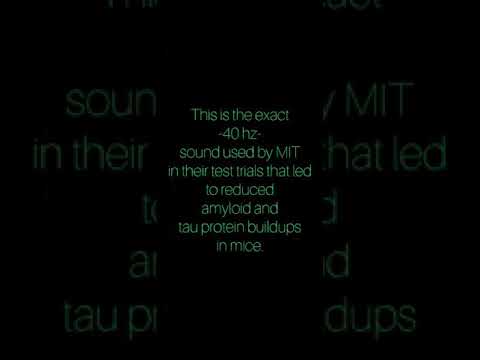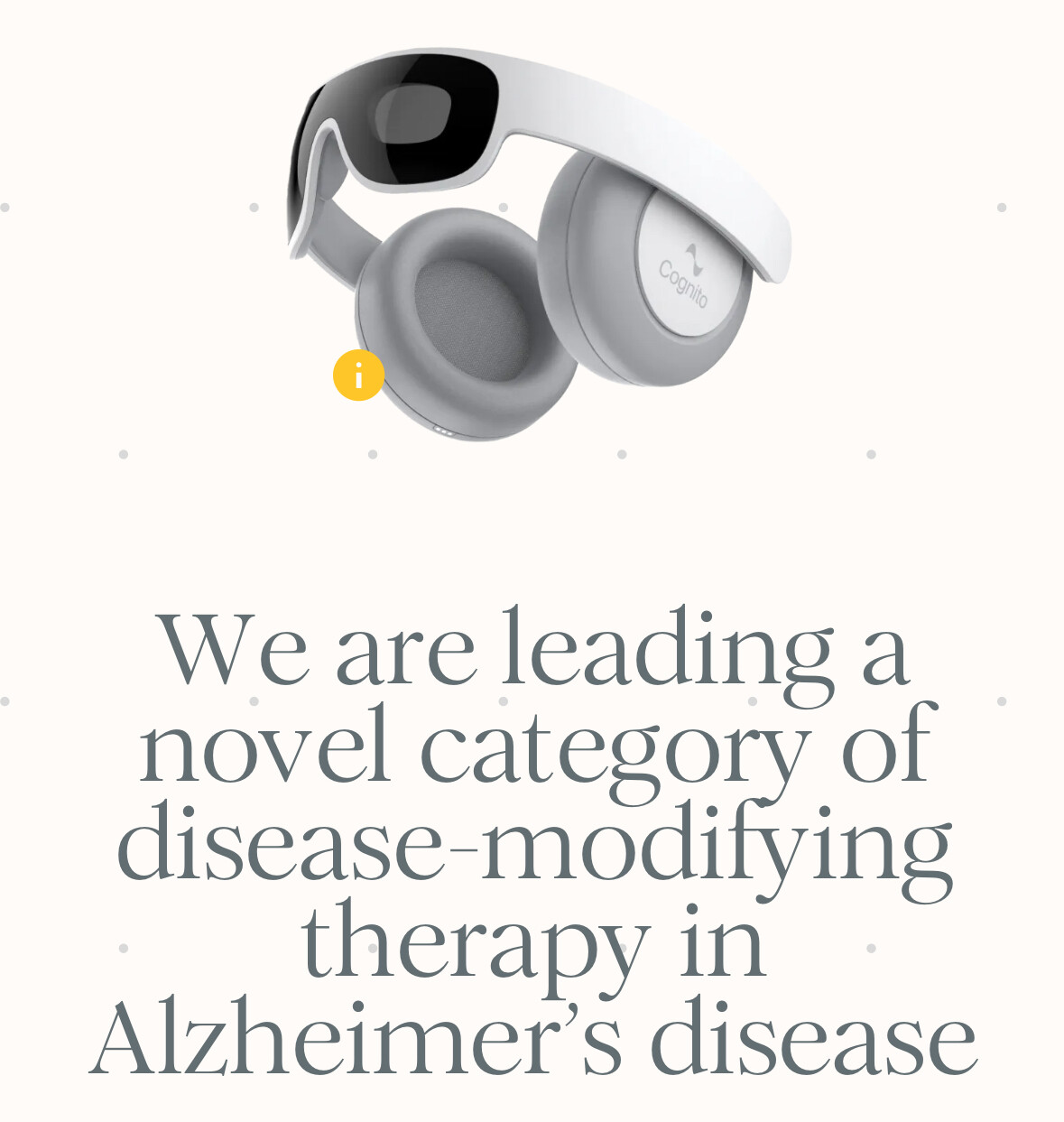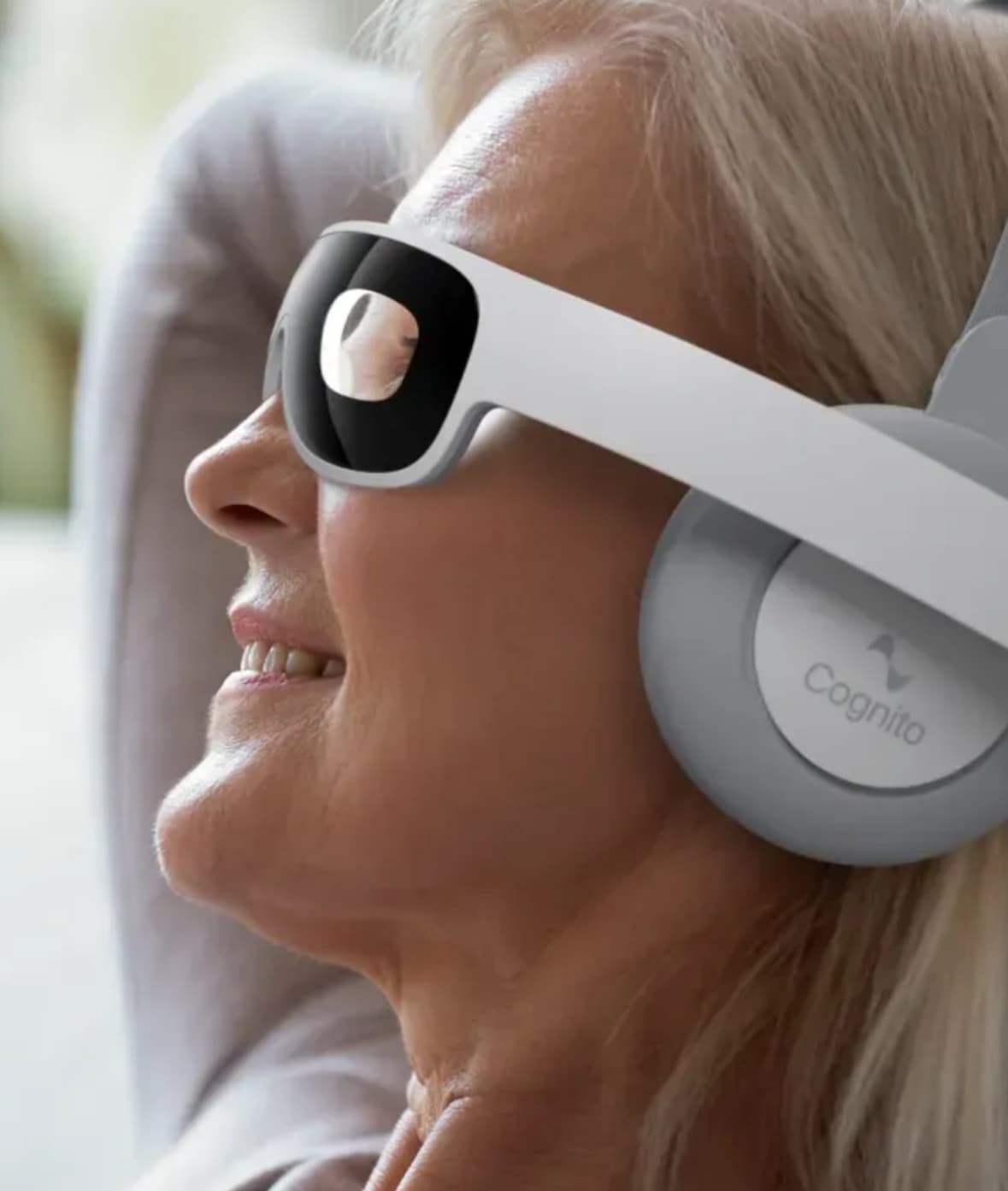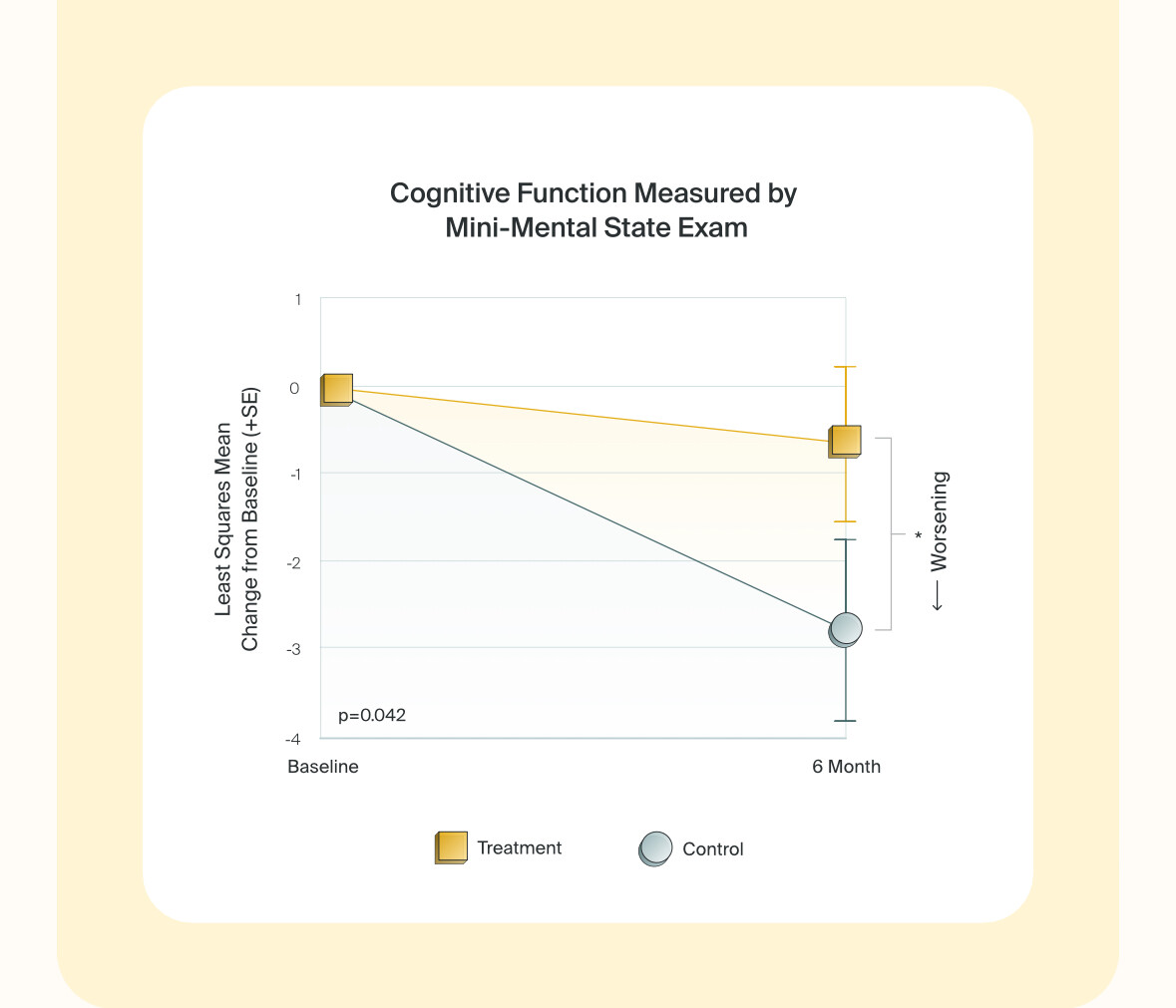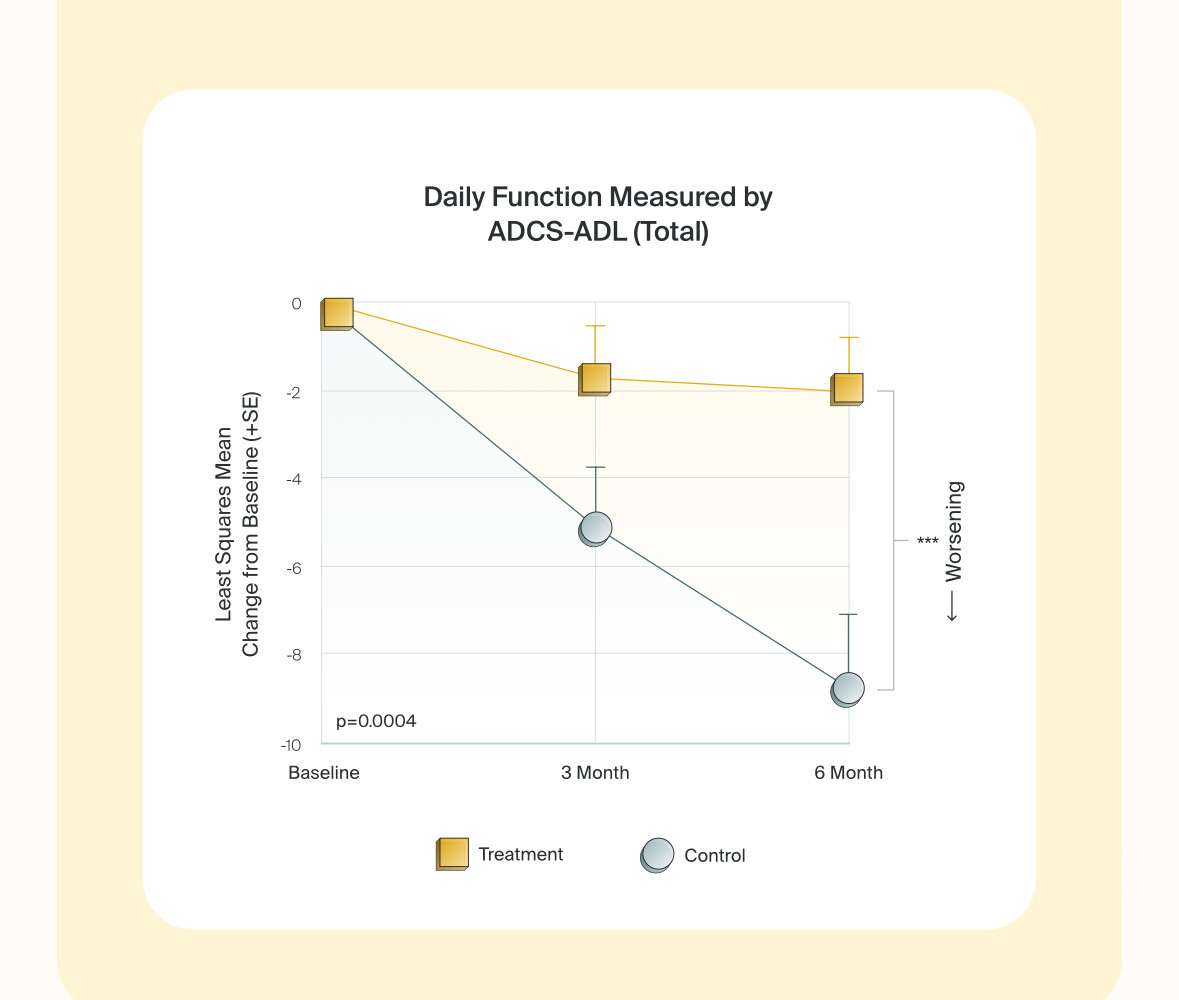Source: https://x.com/LuigiFontanaMD/status/1766780886178267491?s=20
Does anyone have access to Nature to pull it from the paywall?
Very interesting. Dr Fontana actually says at end of video that this is something humans could do now…
(Wonder if just doing the sounds portion while sleeping would work well do and not have to be done during the day when awake when one also can do the strobe part)
There are a multitude of YouTube videos featuring 40 hz binaural beats.
Many have been there for years. Maybe they were on to something.
@desertshores I’m not sure that’s the same as the parameters used in the study. Binaural beats are for entrainment — in this case of a 40hz frequency in the brain. In the study the rats weren’t using little headphones with binaural beats. They simply listened to a 40 hz sound.
Is there any comment in the paper on whether they believe this frequency to be universal among mammals or could each species have its own key?
I must say I love studies like this. They do underscore a huge bias pervasive in the biohacking / longevity world: that of pharma being the key. You open your mouth and take certain pills / supplements and they work their magic inside your body and wonderful things follow. It’s the equivalent to the bias towards creams and lotions and potions in skincare — the only way most people can think of great things happening to their skin is from smearing some topical on the surface.
In reality we’re probably just scratching the surface of interventions based on sound, biomechanical stimulation (ultrasound, shockwave therapy, radiofrequency etc.), electromagnetic fields, photobiomodulation, even smell (that cool study about people exposed to diverse smells even while asleep having vastly improved cognitive function). There’s probably huge gains to be reaped from interventions like these at the right parameters so it’s exciting to see the discoveries rolling in.
Having used binaural beats in the past for sleep induction with good results, I believe that binaural 40 Hz beats would be just as good or better than monaural sound.
No proof of course but it makes sense to me
It sounds plausible to me too that the entrained frequency would be even better but we could be mistaken. Just wanted to caution that it’s not the same thing. I’d probably do a bit of both just to be safe. It wasn’t clear from the abstract if the light probe was essential or optional.
These “amateurs” have been experimenting with binaural frequencies for decades. Even the ones on YouTube go back many years.
Amateurs have made many scientific discoveries and often lead the way even today.
The reason I like the binaural beats is that they are actually produced in the brain.
i.e.: 80 Hz in one ear and 120 Hz in the other ear will produce 40 Hz in the brain.
Amateurs have made many scientific discoveries and often lead the way even today.
Here is a YouTube video that claims to be the original 40 Hz Gamma Brainwave audio used by MIT to prevent Alzheimer’s
Binaural beats of 40 Hz are not the same as what’s in this video. 40 Hz can mean different things. Iit could mean a single sine wave that oscillates at a frequency of 40 Hz (this would sound like a deep base and is not what is in this video). It could also mean some kind of a sound being turned on and off 40 times per second. That’s what this video sounds like. Then of course we have binoural beets where different frequencies in each ear, differing by 40 Hz, create 40 Hz entrainment in the brain. None of these are the same and I don’t think it’s likely that they will have the same effect. The only thing I would confidently use is exactly what they used in the study.
PS. I used to write electronic music. ![]()
Interesting you wrote electronic music. I discovered by accident an effect it has, at least on me. Driving generally puts me to sleep, so late at night, coffee, energy drinks, sticking my head out the widow does nothing to keep me awake. Electronic /techno music, however, reverses that and makes me alert. I would never have believed it if I hadn’t experienced this on numerous occasions. There may be subliminal, unknown things that impact the brain in strange ways. Anyone else notice a similar effect?
I have been experimenting lately with the 40 Hz tones, clicks, and binaural beats while using a full-body red light therapy device.
When I use the 40 HZ “clicks” YouTube video that claims to be the MIT study that claims to reduce some of the symptoms of Alzheimer’s I end up feeling somewhat drained and slightly depressed. When I use the 40 HZ binaural beats produced by 200 and 240 HZ tones, it leaves me feeling awakened and more energetic. I have tried this several times and got the same results. I have a two-channel function generator app on my phone that I can use to produce binaural beats of my choice using different waveforms. It can vary the duty cycle of square waves to produce the MIT 40 HZ clicks.
Others are using 40 HZ light, so now we have 40 HZ light, sound, and whole-body vibrations to consider.
“Electroencephalography recordings show that our 40Hz GENUS device safely and effectively induced 40Hz entrainment in participants with mild AD dementia. After 3 months of daily stimulation, the group receiving 40Hz stimulation showed (i) lesser ventricular dilation and hippocampal atrophy, (ii) increased functional connectivity in the default mode network as well as with the medial visual network, (iii) better performance on the face-name association delayed recall test, and (iv) improved measures of daily activity rhythmicity compared to the control group. These results support further evaluation of GENUS in a pivotal clinical trial to evaluate its potential as a novel disease-modifying therapeutic for patients with AD.”
I don’t have any idea if the 40 HZ binaural beats are as effective as the MIT monaural clicks but they are certainly more pleasant in their subjective effects.
There is more than one company claiming 40 HZ light stimulation combined with 40HZ binaural entrainment is effective
MIT is also using light flickering with their audio.
Another study is using 40HZ whole-body vibrations on mice.
“Here, we investigated the effect of whole-body vibrotactile stimulation at 40 Hz on brain pathology and motor function in mouse models of neurodegeneration. We found that vibrotactile stimulation at 40 Hz induced neural activity both in the primary sensory cortex (SSp) and primary motor cortex (MOp).”
"Now, Cognito Therapeutics, a neurotechnology company birthed out of MIT, is pioneering breakthrough technology that may be able to slow the progression of Alzheimer’s and restore cognition. Using a 40 Hz light-flickering and auditory headset they have named “GENUS” (Gamma Entrainment Using Sensory stimuli), a recent pilot clinical trial found that this technology is not only safe and tolerable for home use but also has a positive impact on reducing symptoms associated with age-related neurodegeneration.
And for the light strobe, best bet seems to be one of these, we can program the frequency and brightness:
Looks very serious and the data seems quite strong - including in humans…
Promising results from our Phase 2 study
In our Phase 2 OVERTURE trial, significant slowing of disease progression was observed among treated patients through the preservation of cognition, daily function, and whole brain volume. No serious treatment-limiting adverse events were reported.
Exploring treatment across multiple neurodegenerative diseases
Our treatment received the FDA Breakthrough Device Designation for the treatment of cognitive and functional symptoms associated with Alzheimer’s disease, and we are expanding our approach to many other indications.
We have successfully completed our Phase 2 OVERTURE study and are currently recruiting for our pivotal HOPE study. Patients across multiple clinical studies have completed over 40,000 treatment sessions to date.
Anyone see any paper on the trial?
More outcome data from the trial here:
@adssx any thoughts on this - btw, seems like they are going to try in PD also
I did notice in the follow up papers that for humans the best frequency was 32-35hz when young and relatively healthy, but 40+hz when old and already clinical of dementia signs. It’s why I’d like to get a device or number of devices that let me adjust the frequency, as more info comes to light.
e.g., 35 hz = 2100 rpm
Yes, I “believe” in this. There are many trials done by many serious companies and/or academics around that. Can’t wait for the results!
Anecdotically, I use the YouTube video shared by @desertshores when I want to focus, and it works ![]() Brain stimulation with 40 Hz music and strobe light promotes removal of toxic amyloid via glymphatic pathways (Nature) - #9 by desertshores
Brain stimulation with 40 Hz music and strobe light promotes removal of toxic amyloid via glymphatic pathways (Nature) - #9 by desertshores
![]() besides the MIT group and Cognito therapeutics can you point me to some of the other companies (and academic groups if they are doing any human trials)?
besides the MIT group and Cognito therapeutics can you point me to some of the other companies (and academic groups if they are doing any human trials)?
